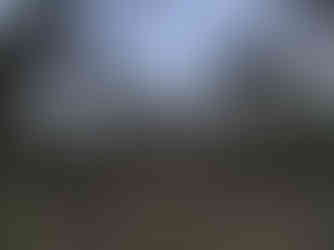Instead of a typical Valentines date, February the 14th had other plans in mind for us field ecologists. Early in the morning we set off from Leiden University to the province of Drenthe in order to revisit some familiar oak forests, as well as some new contenders.
A few months back we sampled soil along a chronosequence from these forests in order to research how the soil microbiome develops during afforestation, starting from a crop-field and going all the way to a natural forest of more than 100 years old. Soil from these forests was also used either in its entirety or as an inoculum, to research the effect of forest age on the growth and establishment of Alder trees.
Young forests
Natural forests
The soil microbiome is composed of a plethora of diverse bacteria and fungi which form symbiotic relationships with the roots of trees helping it acquire nutrients and water more efficiently as well as to fend off pathogens. But can these distinct microbial groups differentially affect tree growth depending on the successional stage of the forest? Preliminary results from our climate room experiment revealed that trees growing on soil from younger forests would grow more nitrogen fixing nodules on their roots which shows a stronger symbiosis with the bacteria “Frankia”. This led us to hypothesize that perhaps in early successional stages, trees rely more on bacterial symbiosis and in later successional stages, trees rely more on symbiosis with arbuscular mycorrhiza fungi. But to test this hypothesis, we must delve deeper and truly disentangle the effects of the soil microbiome on tree growth and establishment.
The forests that we visited ranged from young forests planted in 2015 to natural forests which date back to 1880. From each forest, three bags of soil were collected with the aim of using the soil from each forest to create fractions of the microbiome which will be used to inoculate sterile grassland soil.
The drive was long and the sampling was tough. I was lucky to have my two amazing colleagues, Xiangyu and Thijs, who despite being very busy with their own projects, offered to lend their hand for some good old field work. Without them, this expedition would not have been possible to complete in only two days nor would it have been so much fun.

I am excited to get to work with the soil that we brought back and to start a new experiment for this project. I look forward to some very exciting working days and to sharing our future results.







































Comments